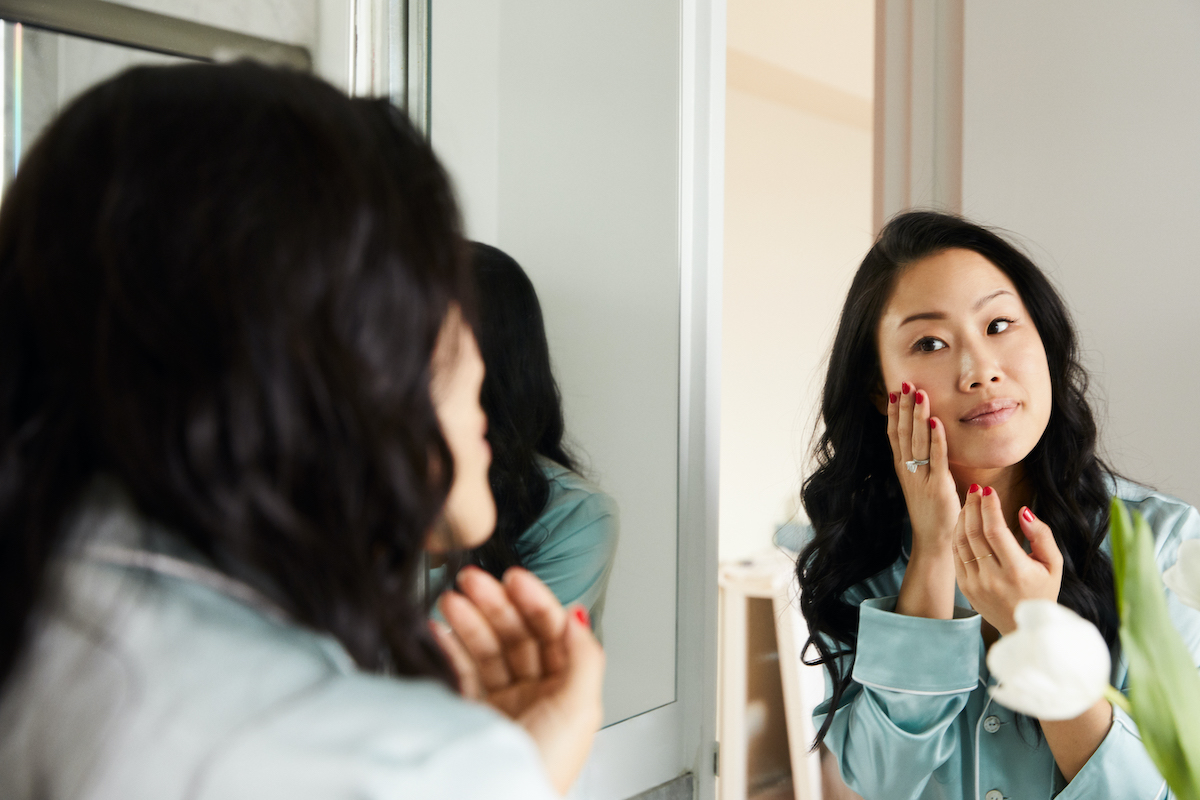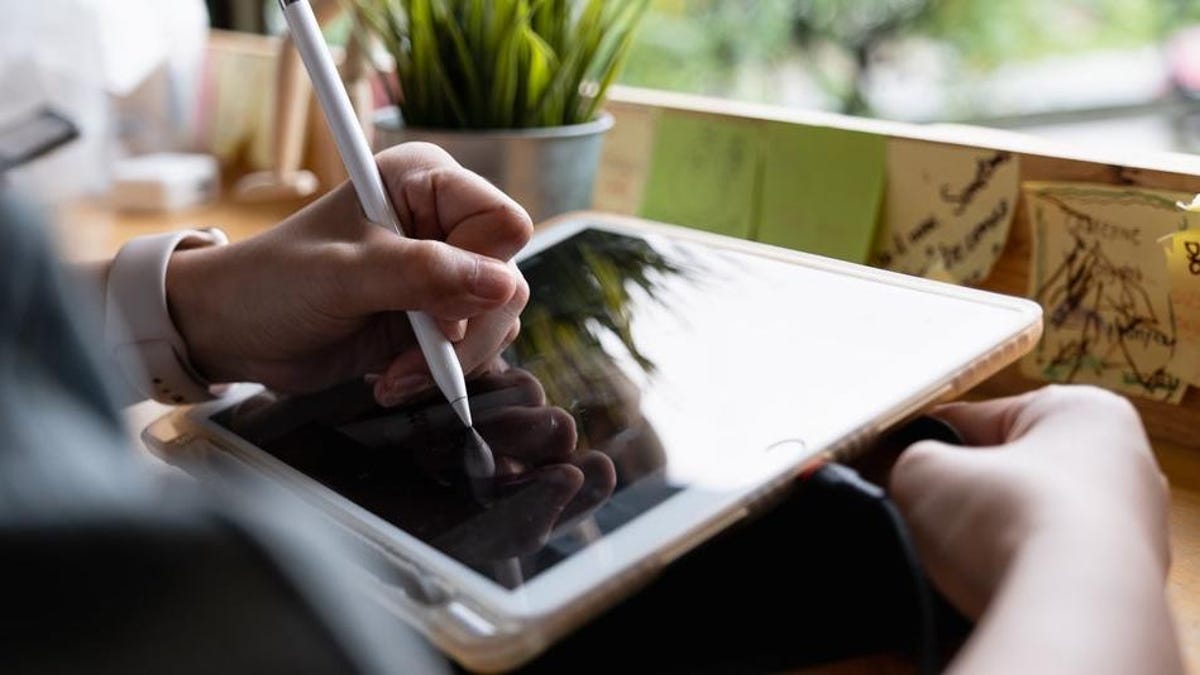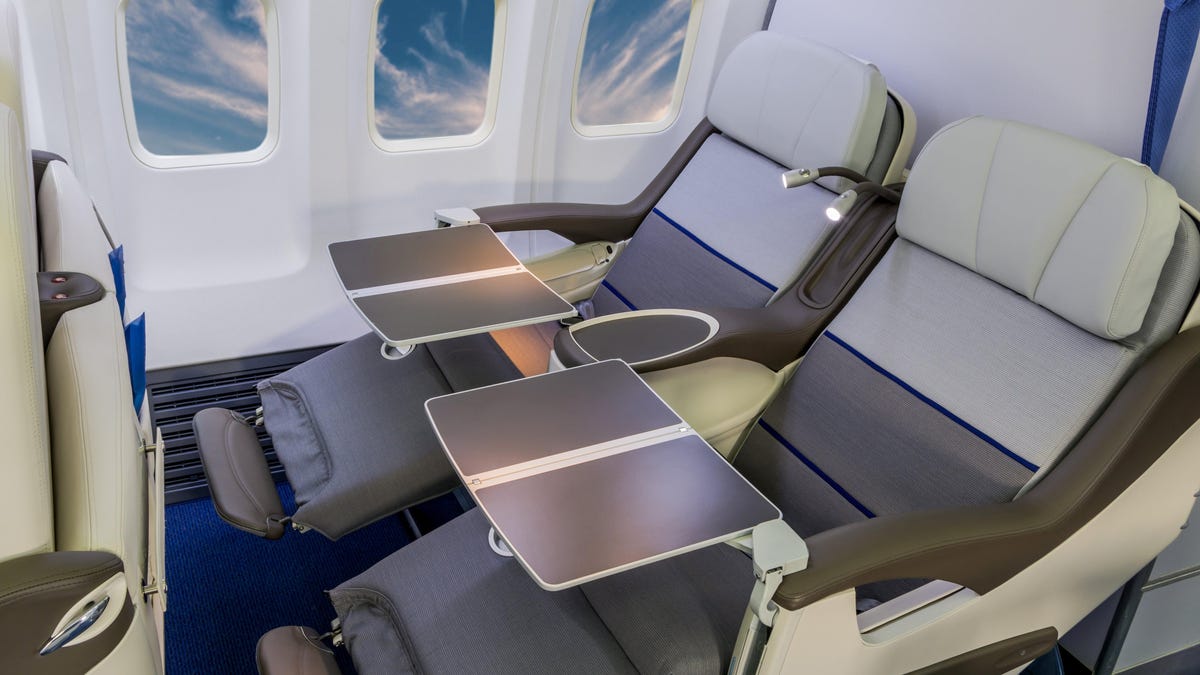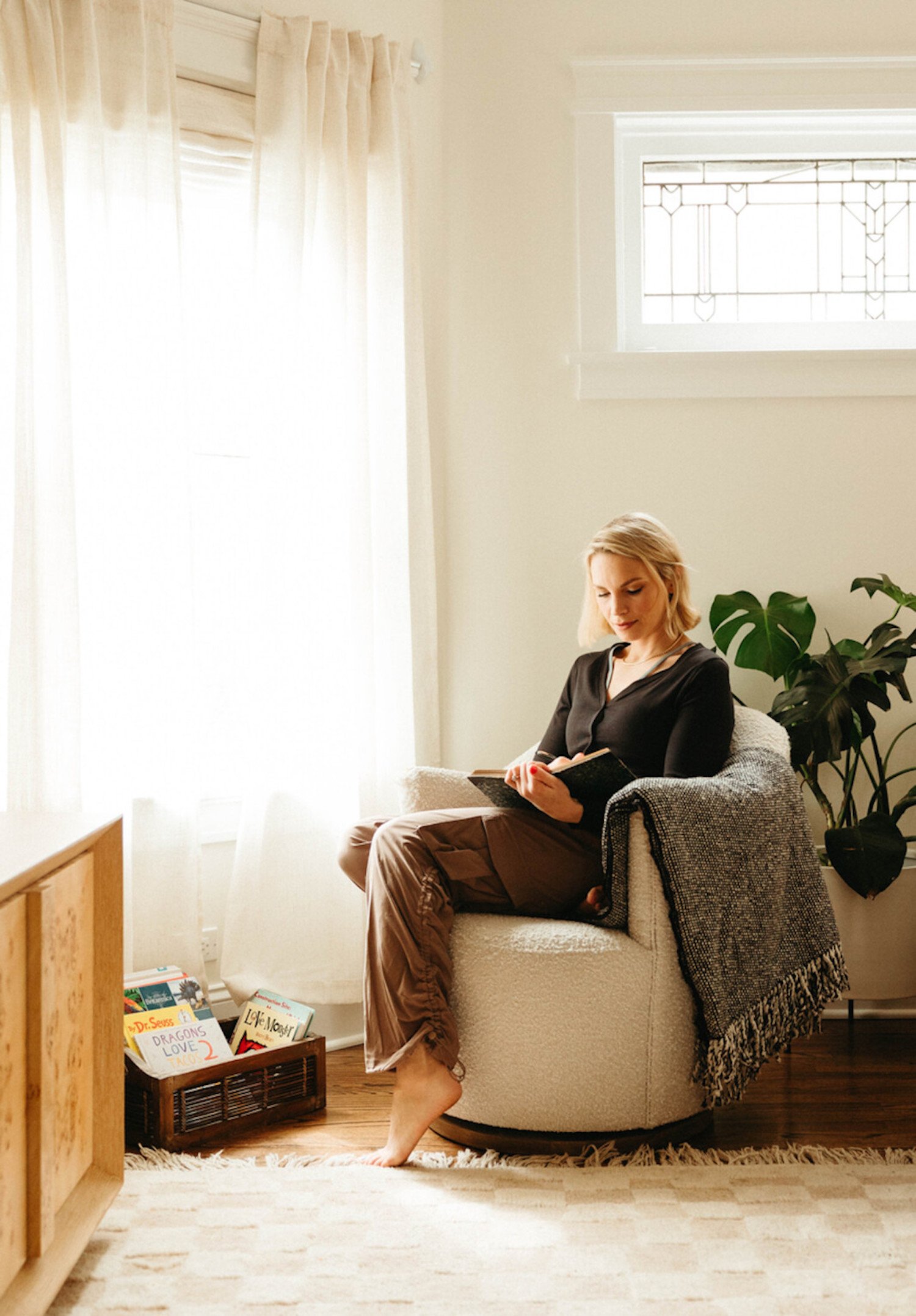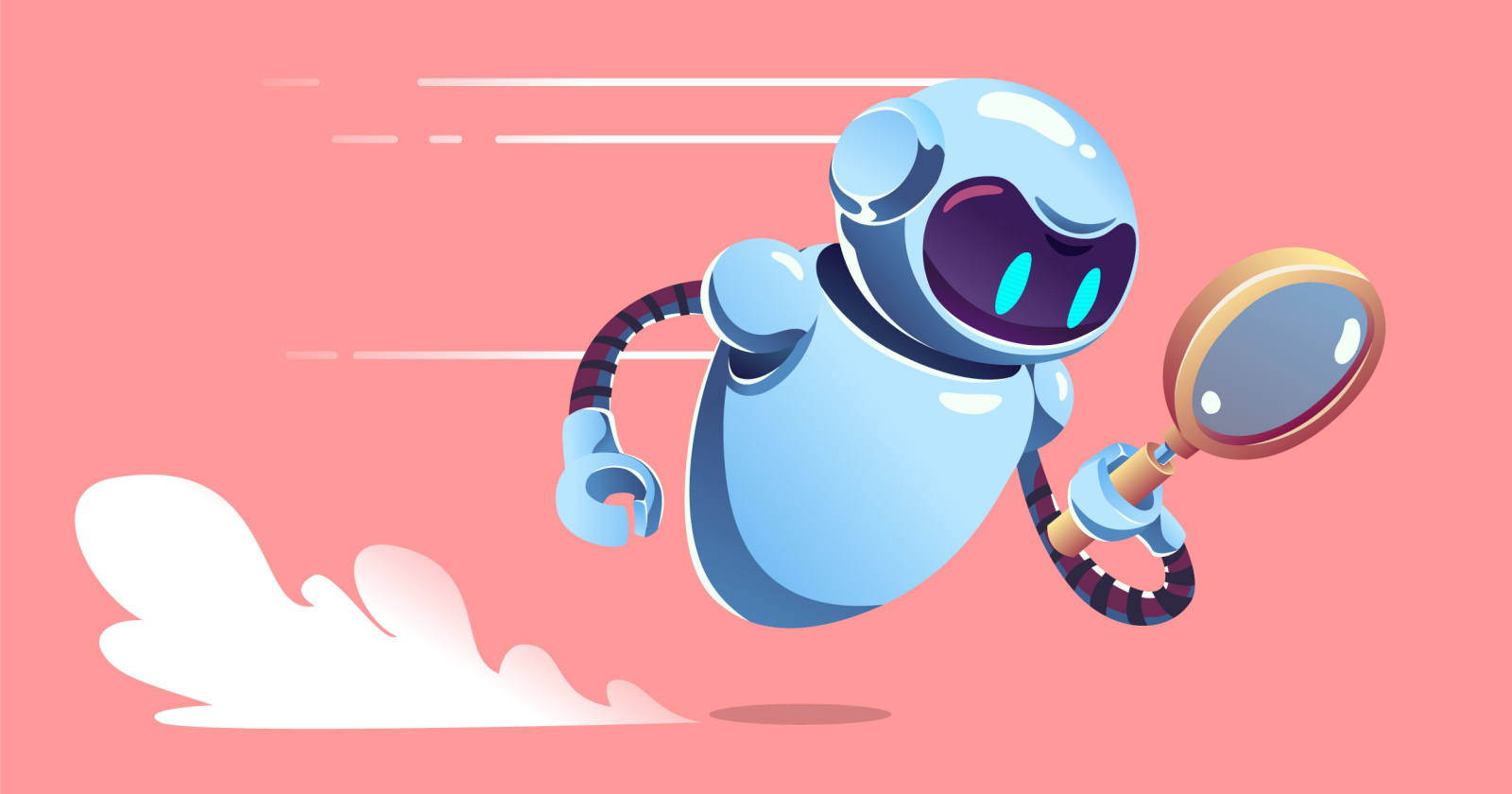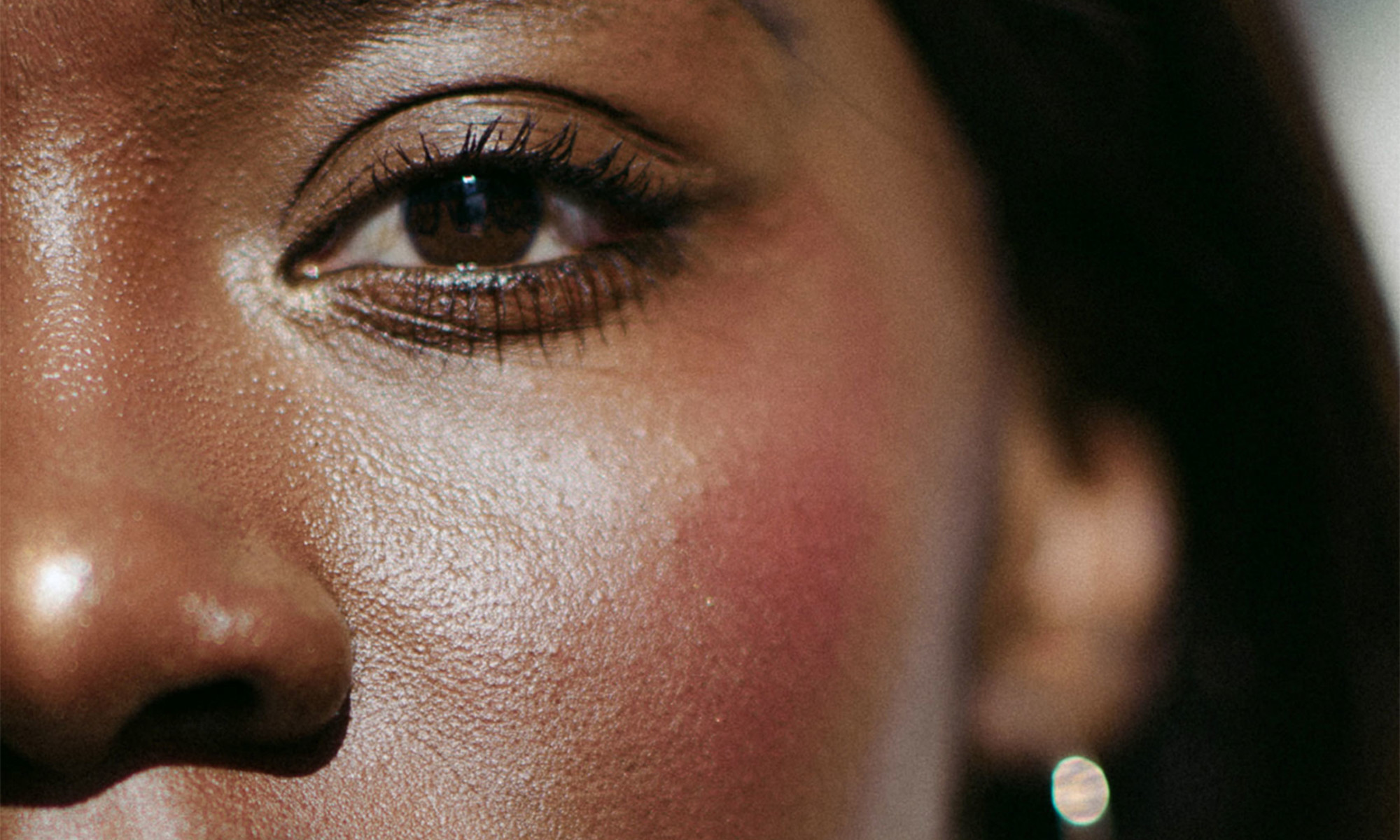The JBL PartyBox Stage 320 Is the Only Speaker I Want for My Parties
This party speaker does the basics well and adds fun features that take it to the next level.

We may earn a commission from links on this page.

Credit: Daniel Oropeza
JBL's PartyBox Stage 320 is a powerful speaker with a well-balanced sound and punchy bass, with many features that make me want to host house parties just to have an excuse to use the speaker.
As the name implies, it's a speaker made for parties, meaning it's loud and fun but also has features made to enhance a party atmosphere. You can dabble in being a DJ with the Effect Lab, connect up to two microphones for karaoke, or even play over your music with an electric guitar. I was sent the PartyBox Stage 320 by JBL to review, and though it's not cheap ($599.95), after spending some time with it, I think it's worth every penny.
Pros and cons of the JBL PartyBox Stage 320
Pros
240 Watts of output power or about 100 decibels of sound
A portable design that makes it easy to carry
Powerful bass
Adjustable EQ
Can have up to two microphones (or one microphone and one electric guitar)
Replaceable battery
Can play with just the power cord (without the battery)
Fun in-app features for parties
Cons
Only IPX4 for splashproof, not waterproof
Heavy at 36.38 lbs
No microphone
Specs
Battery life: Up to 18 hours (3 hours charge time)
Connectivity: Bluetooth 5.4 with Auracast support
Inputs: 2 ¼-inch jacks, 3.5mm aux input and USB-A port
Drivers: Two 6.5-inch woofers and two 25 mm dome tweeters
Power output: 240 W total
Water resistance: IPX4 (splashproof)
Size: 26.3 inches by 15.2 inches by 13.2 inches
Weight: 36.3 pounds
First Impressions of the JBL PartyBox Stage 320
This is the first PartyBox I've reviewed, even though they've been around for some time. I must admit that I wasn't particularly excited about this speaker. The flashy pulse-beating lights looked gimmicky to me, and the speaker just seemed unnecessarily expensive. But as I learned more about the speaker, took it out to the soccer field, and messed with the app and features, I became obsessed with it.

Credit: Daniel Oropeza photo.
I was able to comfortably roll the speaker through asphalt with its telescope handles and up a grassy hill to get 20 soccer players outdoors to enjoy some FIFA music. Like all JBL speakers, it comes with the JBL signature EQ, which sounds great out of the box. But you can customize the low, mid, and highs with five levers in the app.
Features of the JBL PartyBox Stage 320
Where the PartyBox Stage 320 shines for me is in its features, which you can control on the top of the speaker via an interactive control panel. The triangle-looking button to the right is the Auracast button, which allows you to pair two JBL TWS compatible speakers together or multiple JBL Aurocast speakers. The Bass Boost button on the right is a bass enhancer with a "deep" and a "punchy" option.

Credit: Daniel Oropeza
Then you have the three emoji-looking buttons in the center, and this is where the (admittedly cheesy) fun starts. They're the "party buttons" and each plays a different sound on the speaker that you can hear clearly over the music without interrupting it. You can change what each button does or says in the app, but for the most part, the first is the "voice," or a cheesy party voice that you would hear a DJ say over a mic to hype the party up. The thumbs-up is the "Vibe Tone" which has my personal favorite sound, the classic DJ "horn." And finally, the yellow disc is called "DJ sound" and is mostly different types of DJ scratches. I used many combinations of these sounds when hosting my Street FC games and had a blast messing with my players, depending on what was happening during the game.

Credit: Daniel Oropeza
The sliders at the top of the panel control the EQ of a microphone. You can change the bass and treble and add echo to the sound, making it fun to mimic certain lead singer sounds during karaoke. The speaker app lets you go even deeper into most of these features.

Credit: Daniel Oropeza
The JBL PartyBox app
The JBL PartyBox app is easy to use, although it can be slow to connect to the speaker sometimes. Here, I was able to control the lights in more detail and customize which lights I wanted to use. But where I think JBL really set itself apart from portable party speakers was with the "Effect Lab."

Credit: Daniel Oropeza
The Effect Lab is essentially a mini DJ mixer. I've never DJ-ed before, so it took some time to understand what each function does and how to use it properly, but I had a lot of fun learning on-the-go with trial and error. There are no directions in the app on how to use it, but you can easily learn what everything does with the internet and after 10 minutes of playing around with it, I got a good hang of it. Combine this with some microphones for karaoke, and I have myself a deadly combination to hype up, embarrass, or impress my friends at my next house party.

Credit: Daniel Oropeza
Details done right
The PartyBox Stage 320 does the little things right that make a huge difference to a party speaker. The battery is replaceable, which means the speaker's longevity is not dependent on the battery's lifespan. I love that you can use the speaker with just a power cord as well, so I can leave the speaker on for very long periods of time and still have my fully charged battery if I want to be completely portable. The speaker also gets a noticeable audio boost when plugged in. The battery itself lasts up to 18 hours at 50% volume, which is loud enough for an indoor house party. When I set the volume to 70% (which I don't recommend doing indoors), with the lights on and the Bass Boost on, the battery lasted about seven hours.

Credit: Daniel Oropeza
Another impressive detail is that JBL made it very difficult to create that ultra-whiny feedback sound when you have a microphone plugged into the speaker. I have to essentially rub the microphone on the speaker to hear some sort of feedback. JBL seems to be using technology to suppress the feedback sound, giving you instead a more space-ship-zooming-by sound rather than the high-pitch feedback sound we all hate. (When I turned the echo, treble, and boost sliders up on the mic settings, I was more likely to get feedback, though.)

Credit: Daniel Oropeza
The back panel also has an LED light that is useful when trying to plug things in at at night. As mentioned, you can connect up to two microphones to the speaker or one microphone and an electric guitar. There's also an AUX in if I want to practice my karaoke singing or DJ scratching without disturbing my dog. I don't have other speakers I can daisy-chain together, but the option is there if I want to connect the speaker with another one.
Closing thoughts

Credit: Daniel Oropeza
The JBL PartyBox Stage 320 exceeded my expectations as a party speaker. Although the speaker is on the heavy side at about 36 pounds, the handle and thick wheels make it easy to move around in different terrains. It is disappointing it isn't waterproof, with only an IPX4 rating, and that the speaker doesn't include a microphone.
Even though it has a powerful bass, the sound is well-balanced and doesn't overtake the vocals or treble. The interactive DJ features on the speaker and in the app take the speaker to another level of fun for parties and karaoke sessions. I loved having the option to have up to two microphones or an electric guitar plugged in, giving me a lot of possibilities on how to set up. Being able to change the battery and use the speaker with just the power cord also gives the speaker a great deal of longevity and dependence for long sessions.
I would recommend the JBL PartyBox Stage 320 to those who love hosting house parties or karaoke sessions. While the speaker is pricey at $599.95, I think it's worth the cost for someone looking for a great party speaker filled with fun features.

 BigThink
BigThink 







